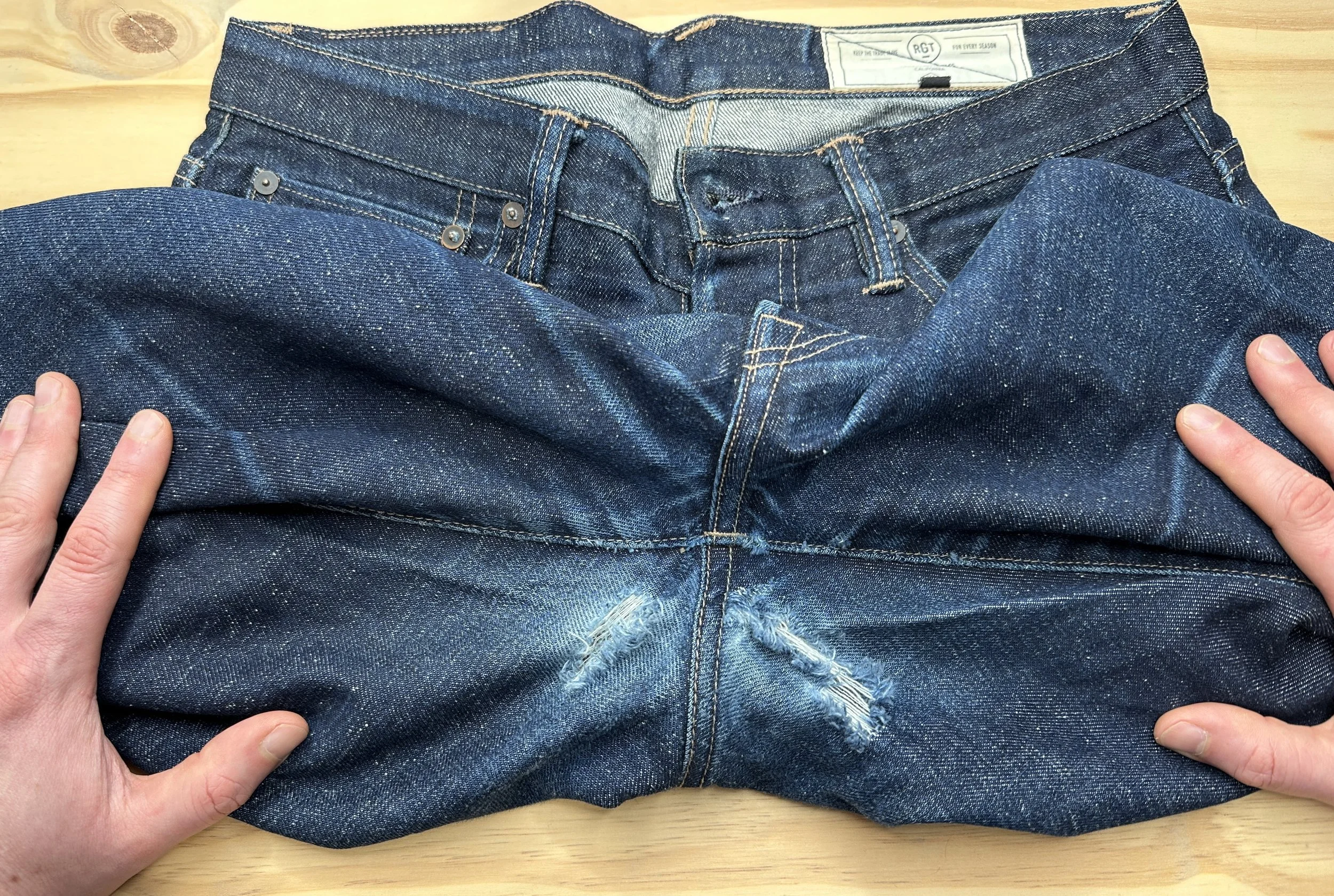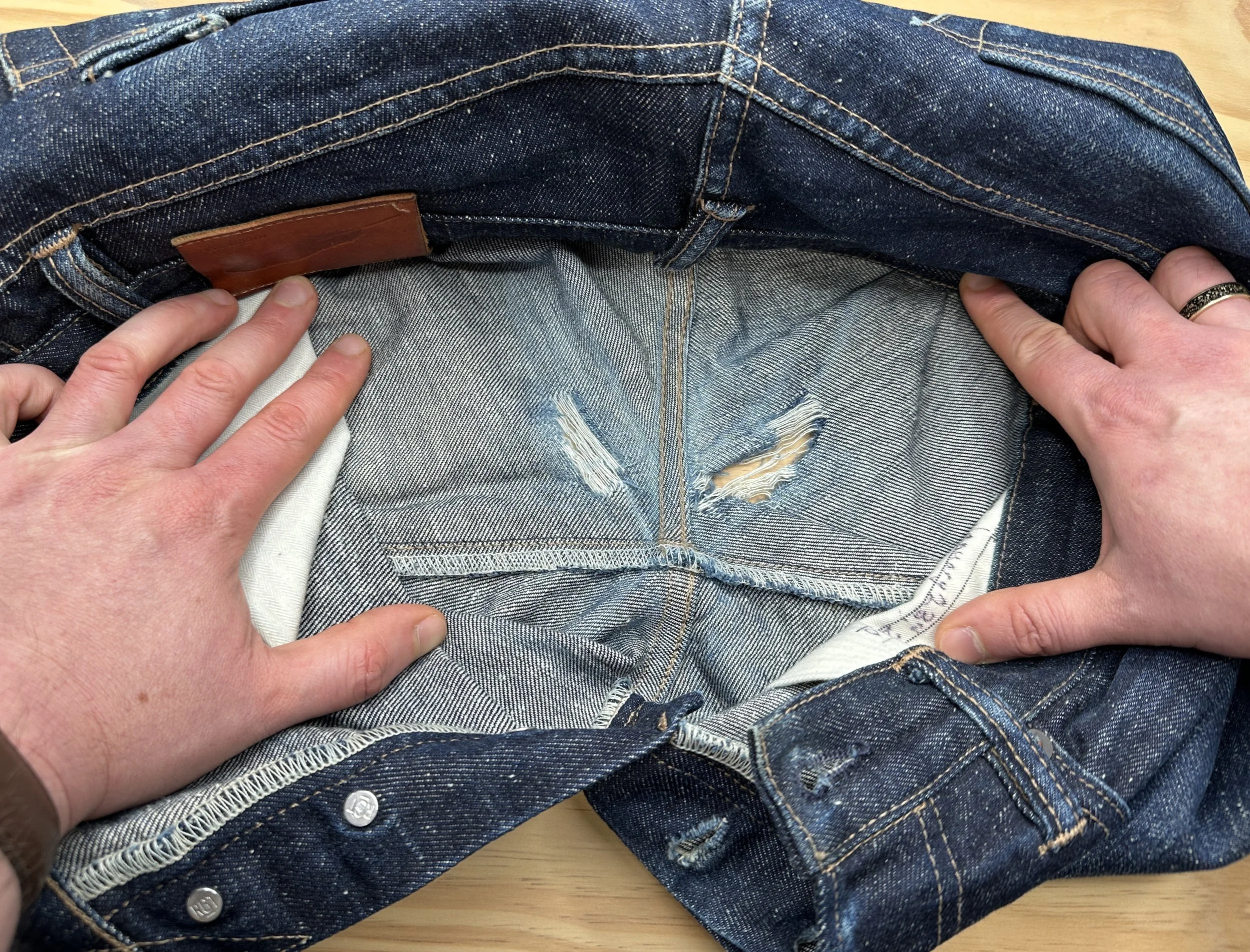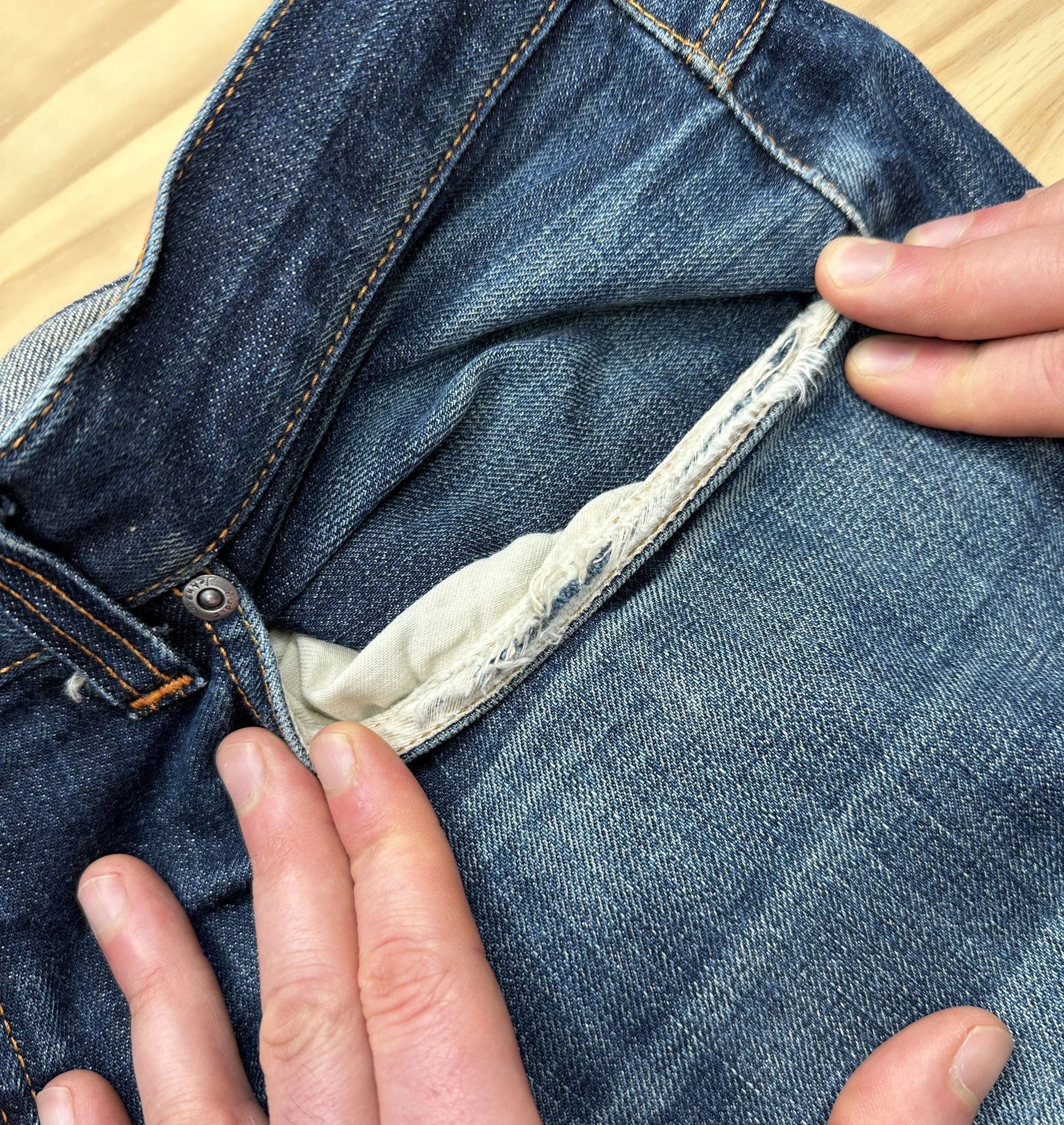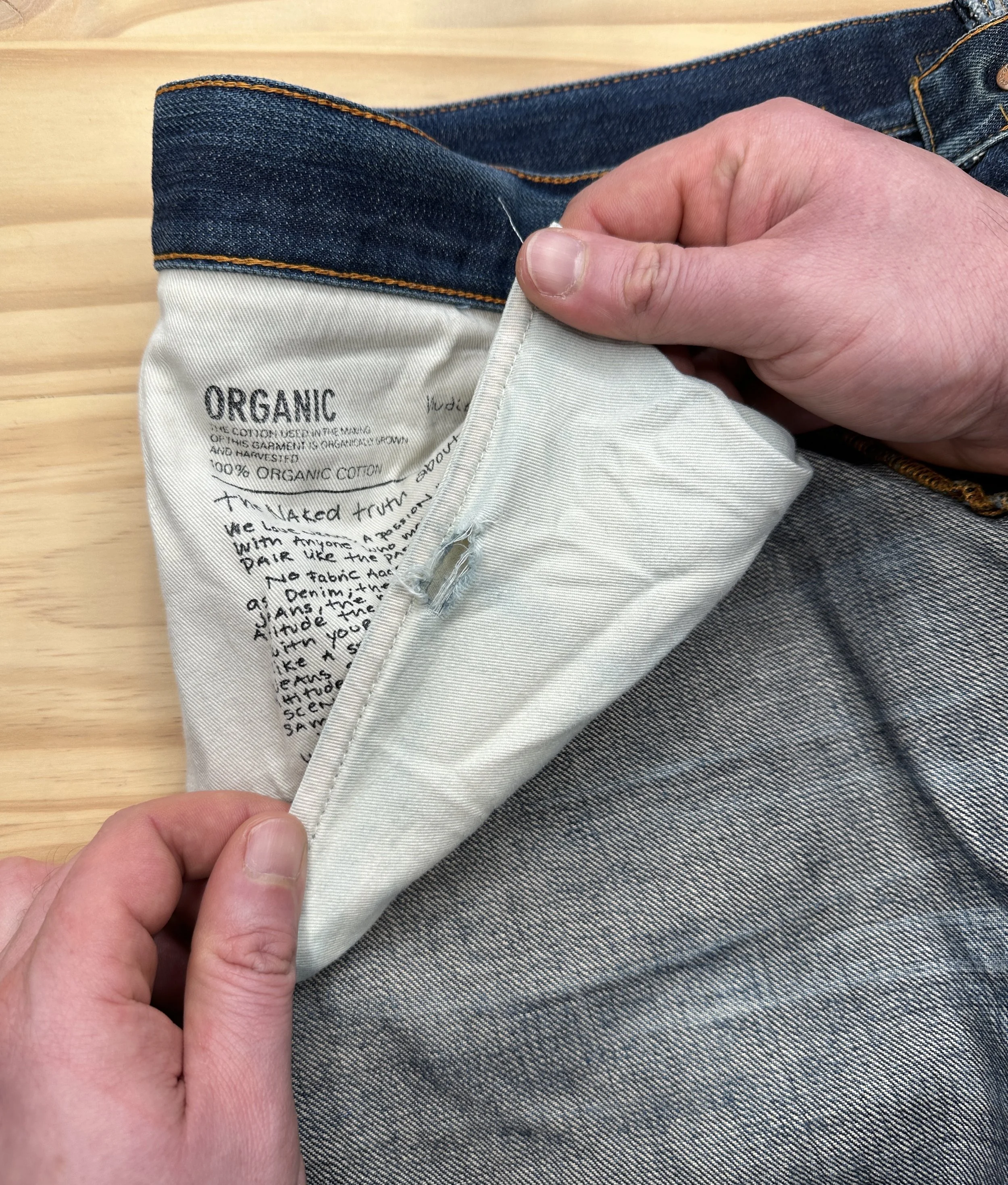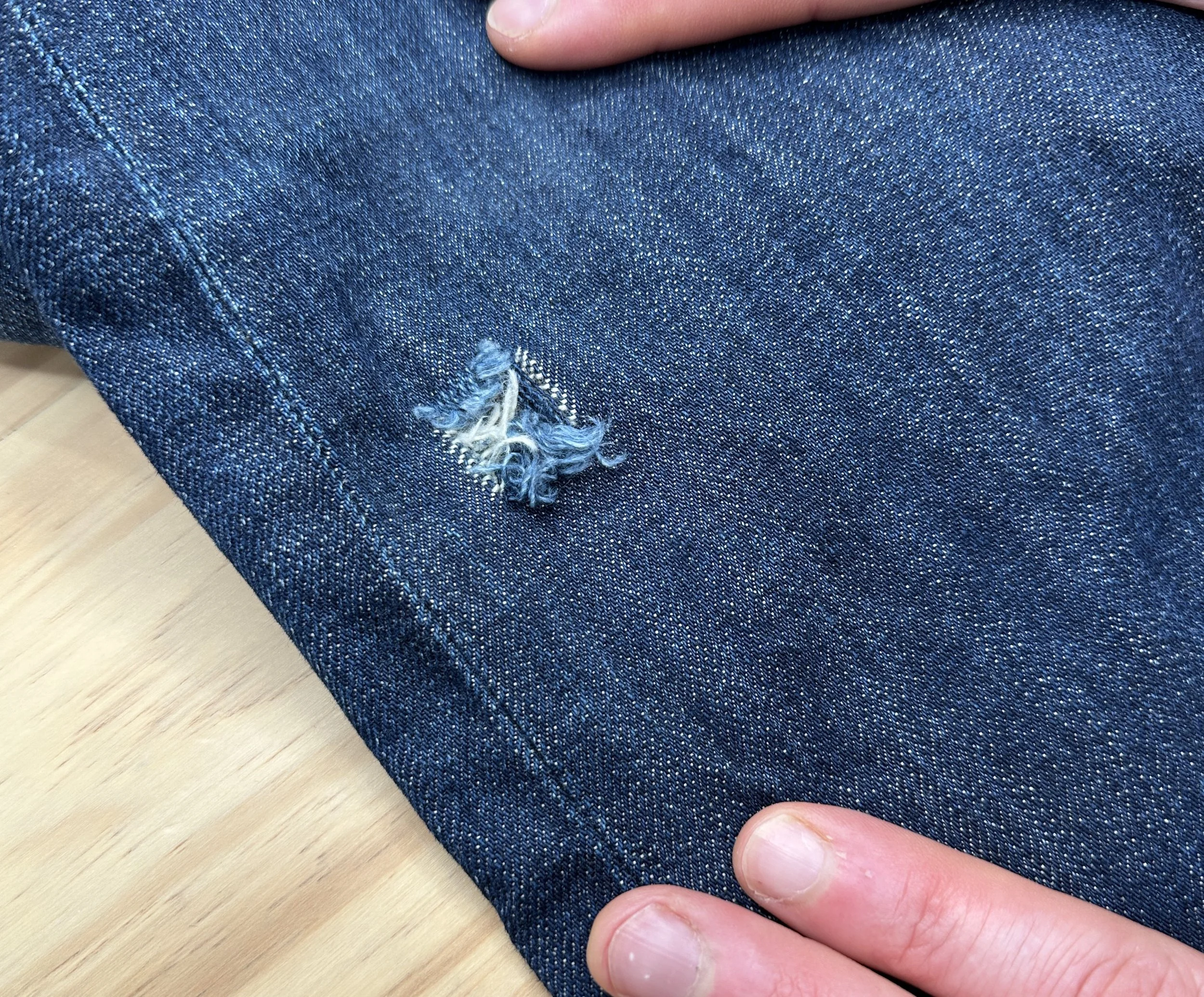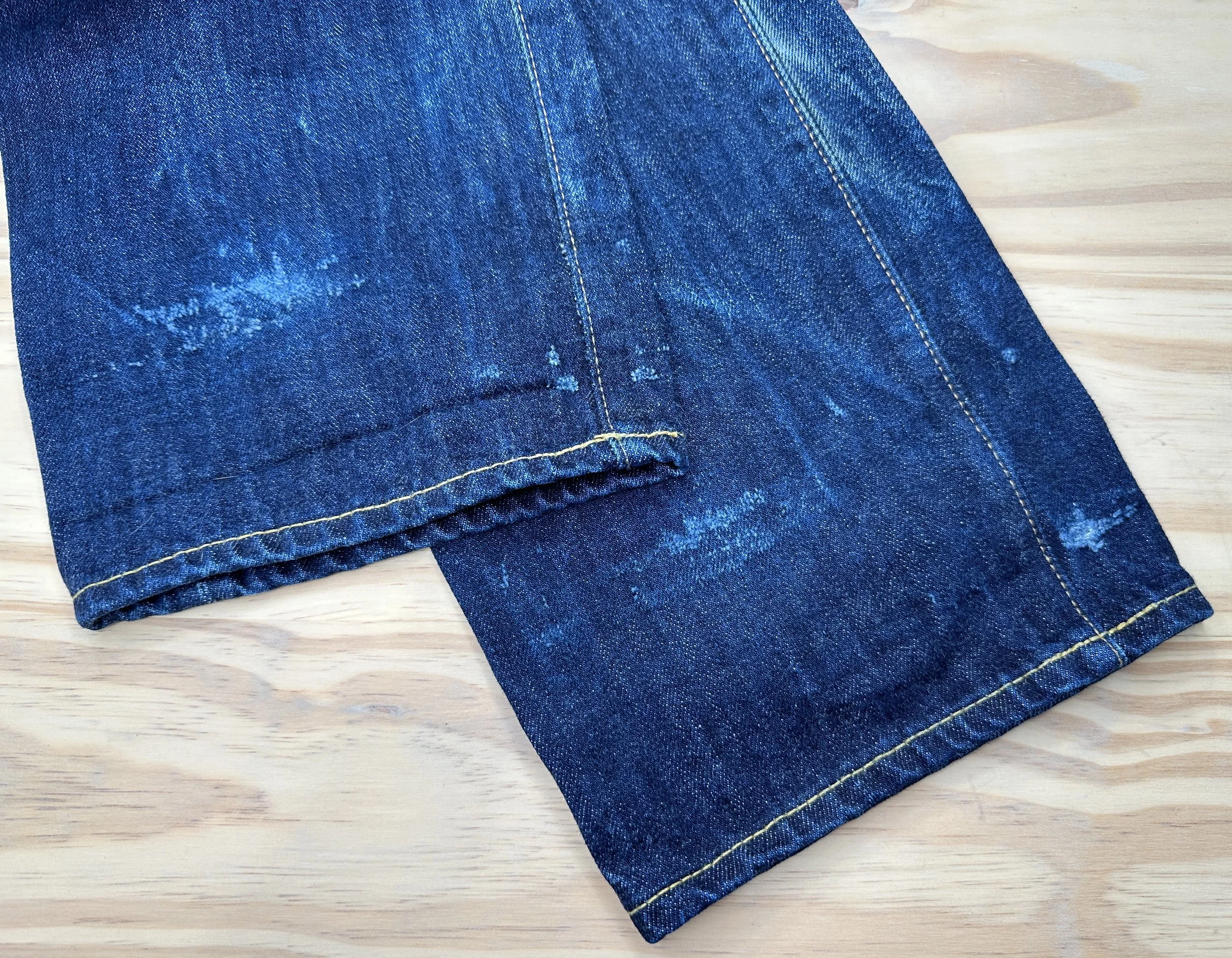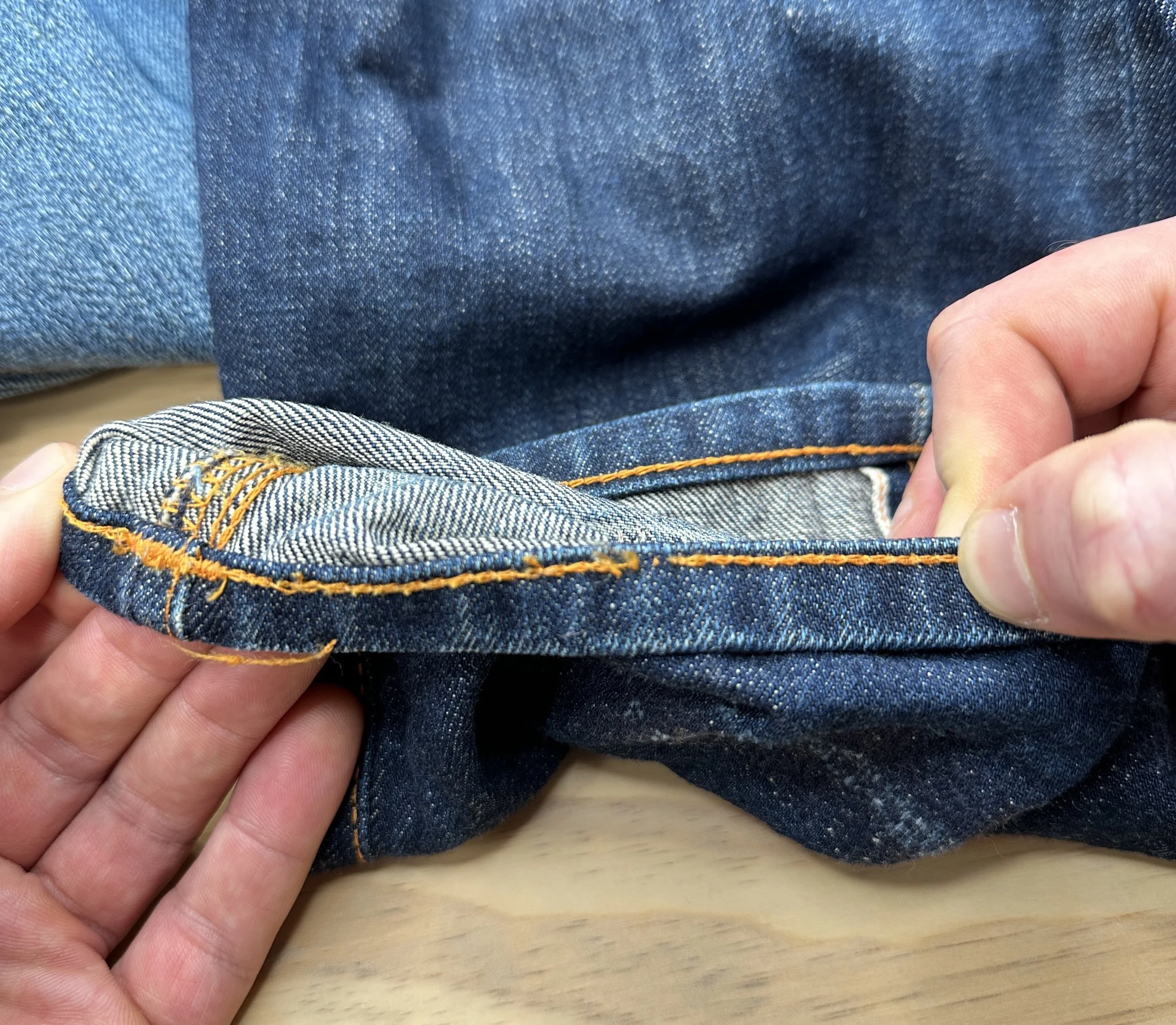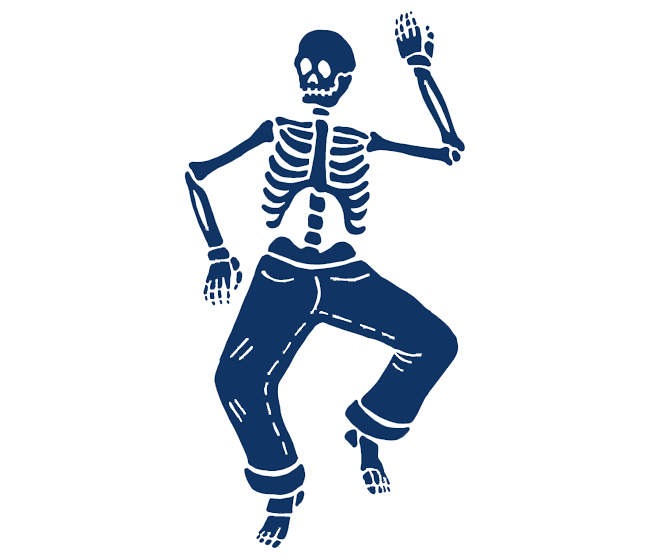
How to take photos of your damage:
a guide to submitting photos for your repair application
CROTCH PHOTOS - EXTERIOR
First, get a good light - overhead or natural non-sunny daylight if possible works best.
Second, place your jean waist down on a table, floor or other flat surface (not your bed). Hold your jeans so all 4 panels of the crotch are visible as well as the crotch seam joining the front and back of the jean. (Having someone help take photos will produce the best results but I take pictures alone all the time by just posing the jeans on a table - whatever works for you!)
If you don’t have any damage to the crotch or do not want the crotch repaired, you don’t need to include photos of it in your application.
CROTCH PHOTOS - INTERIOR
Then turn the jean inside out to see a view of the inside of the crotch clearly. If the jeans have been previously repaired it is very important to show this view so I can see the repair clearly.
POCKET DAMAGE
For pocket entries and bags take photos from both the outside in and from the inside out. Clearly show damaged areas with a full view of the pocket so I can see the full scope of damage. For pocket entry damage please show as much as possible in the frame so I can get a good idea of the current situation.
Before applications open, make sure you have these photos ready to upload to the form. This means you’ll most likely need to resize the photos - shoot for them to be about 1-2 MB each and save the file as a .JPG (NOT iphone default HEIC).
A small note about the application process: It's not me judging your jeans for no reason. The application is to ensure your jean is a good fit for repair, and is something I can take on during the current booking. Occasionally some extreme damage or fabric composition is just not the right fit for a darning repair. In order to provide you with the best service I don't want to repair something that I know isn’t going to hold up over time or won't be aesthetically or functionally sound. Quality first!
OTHER DAMAGE
Here’s a few more examples of how to take photos of other hard-to-pose, high-wear areas. Cuff photos should be taken un-cuffed, and all sides that are damaged should be shown. Show hem wear from the inside. All other damage areas like knees and thighs should be shown flat and from the exterior.

